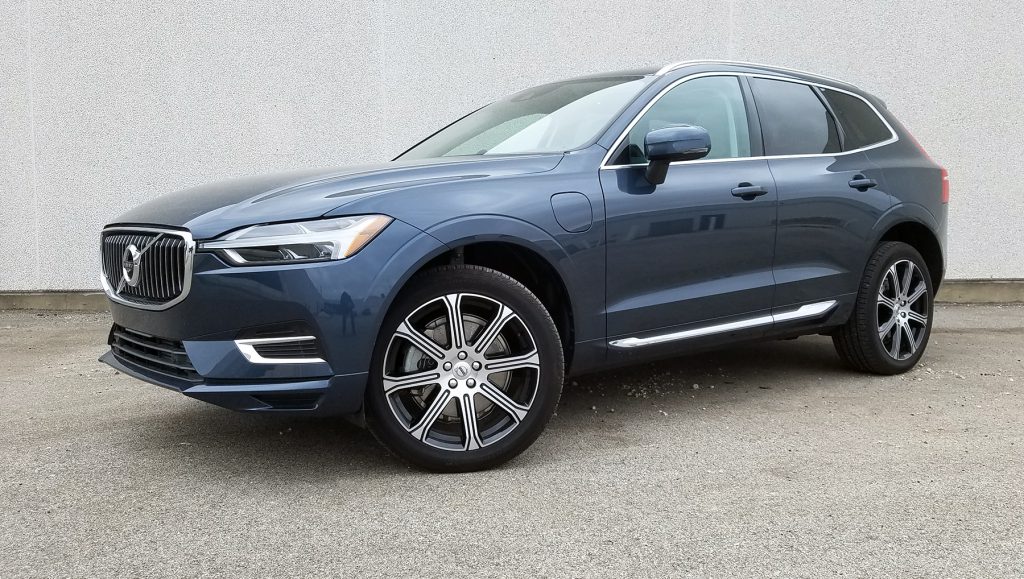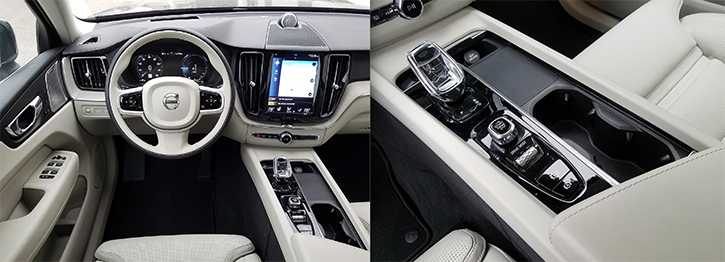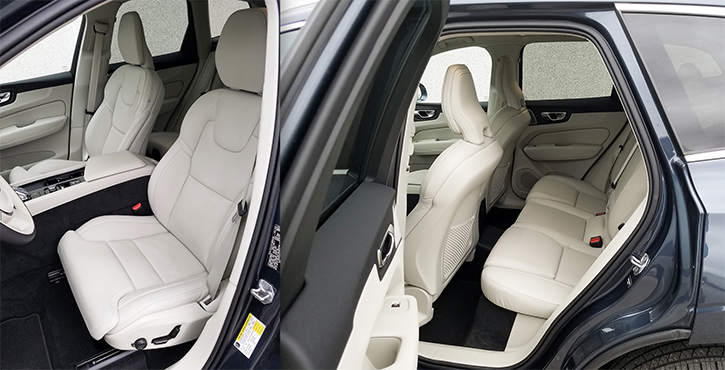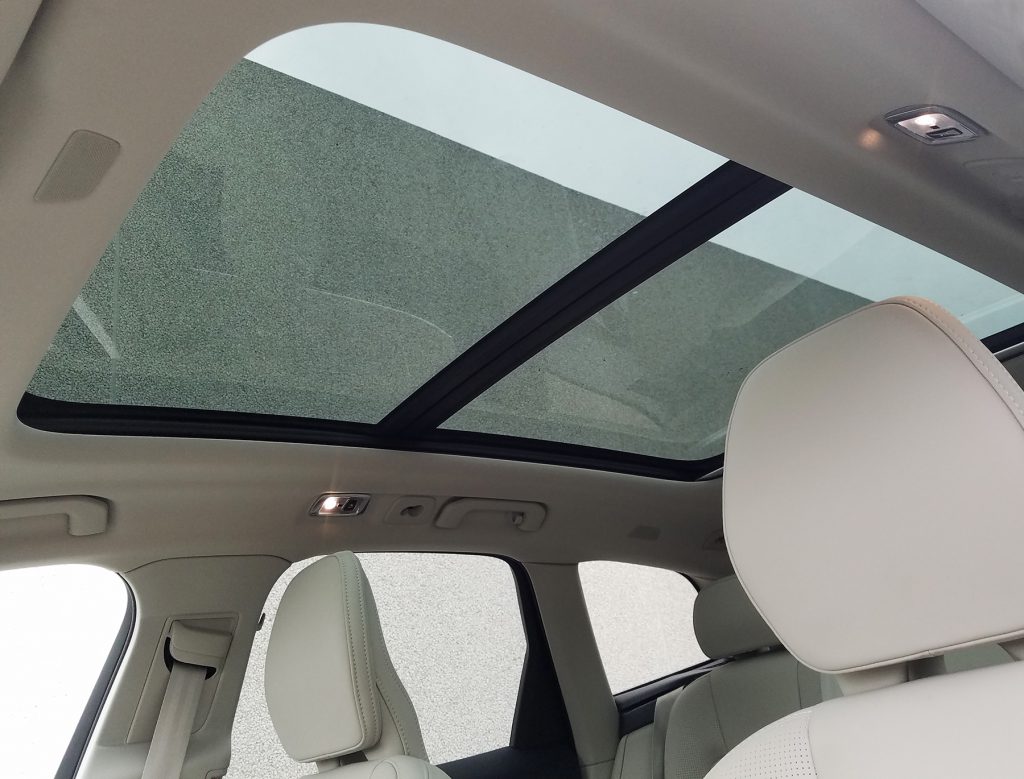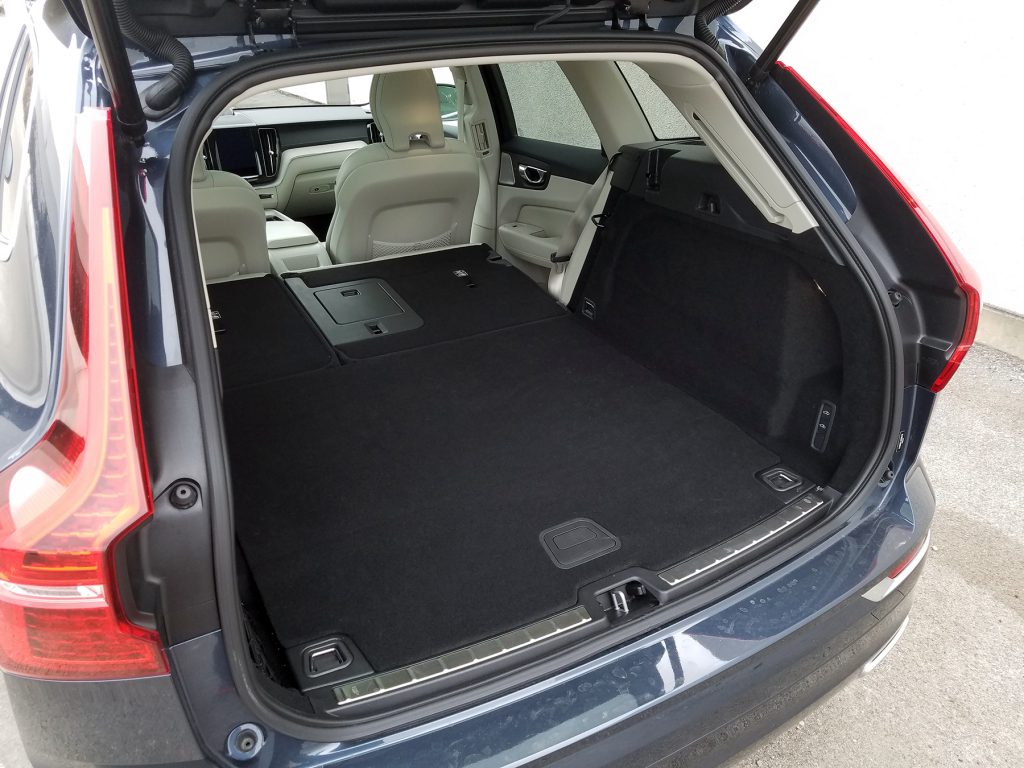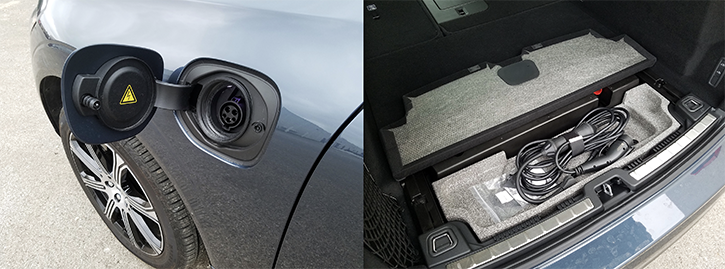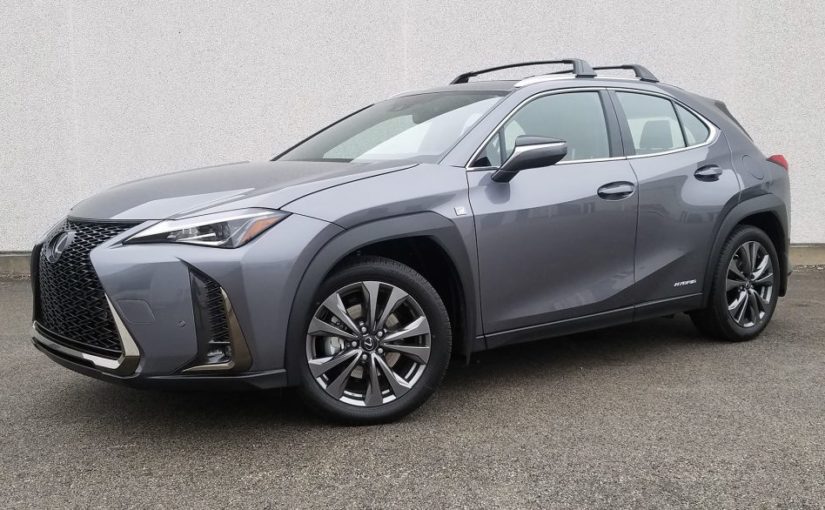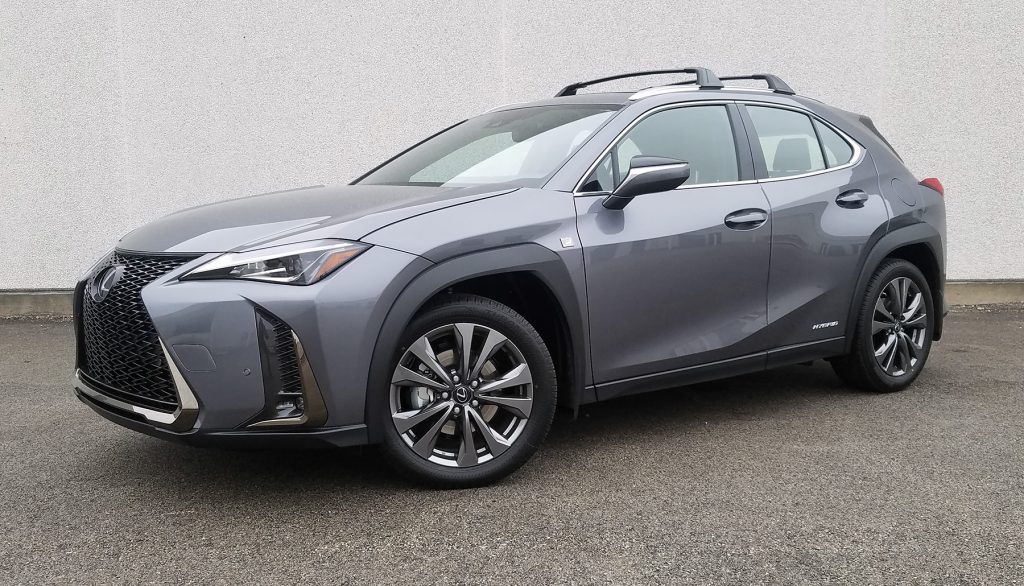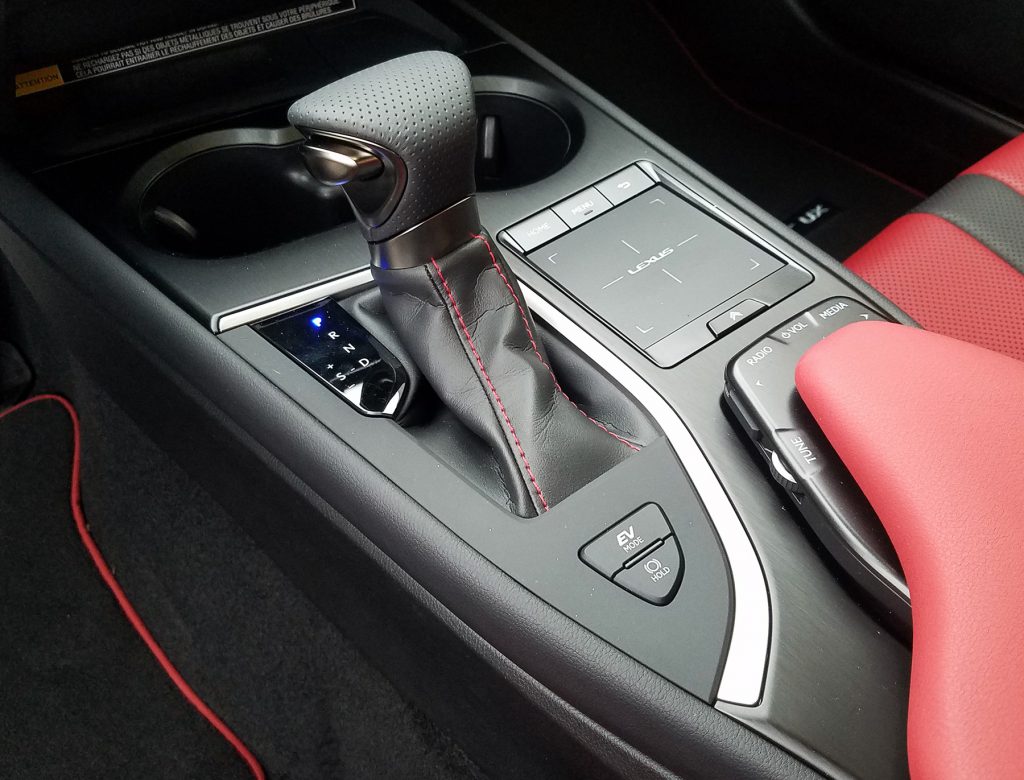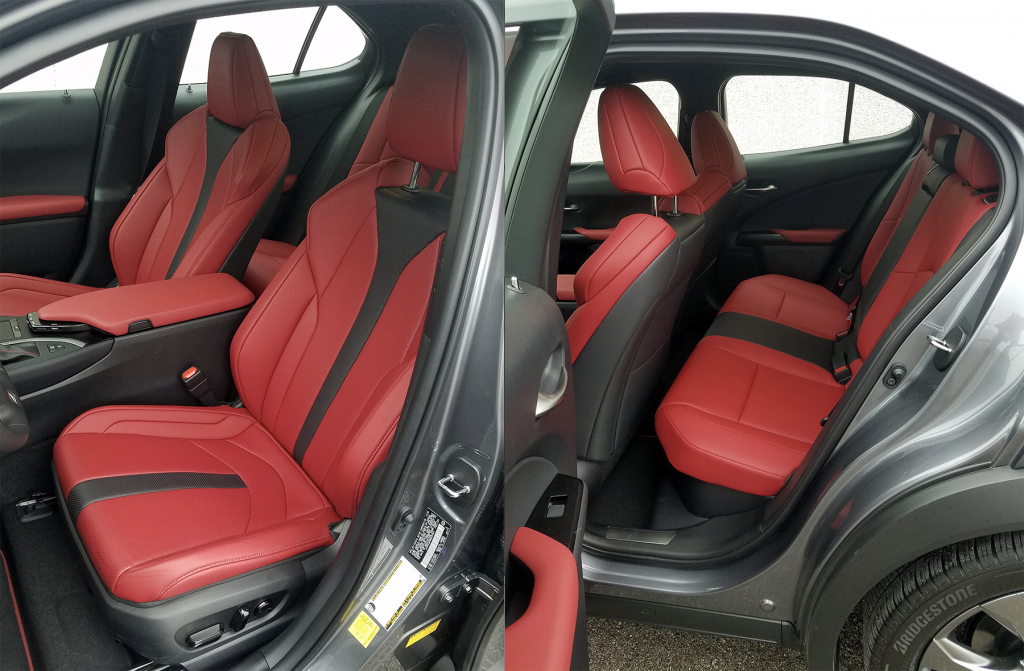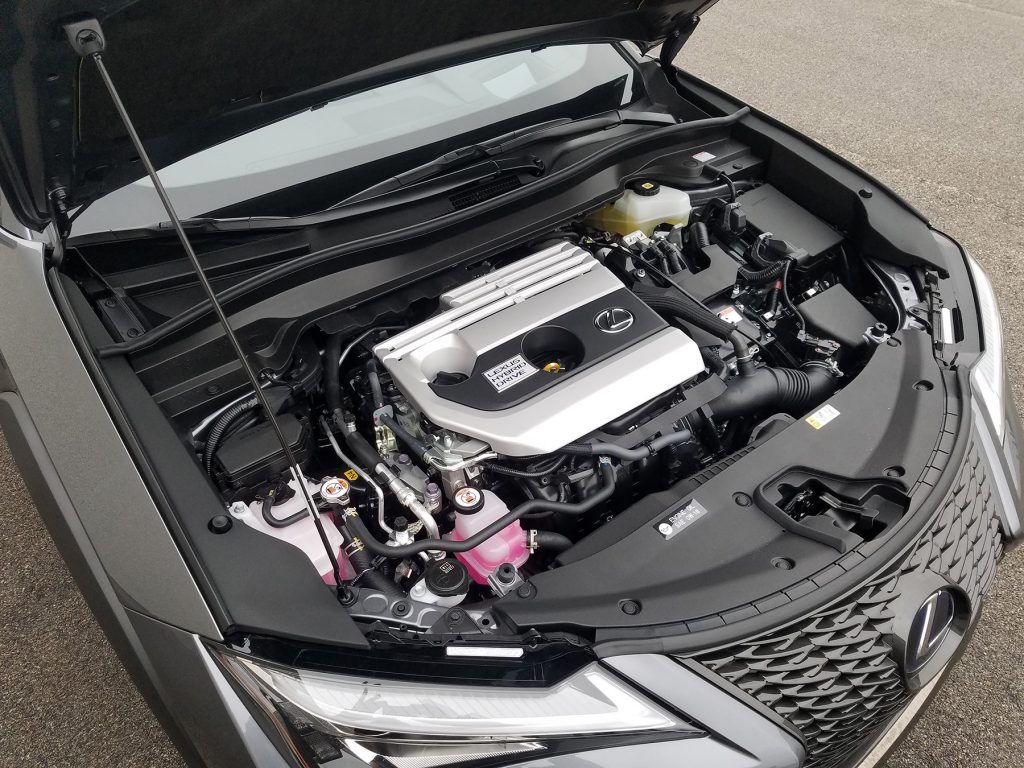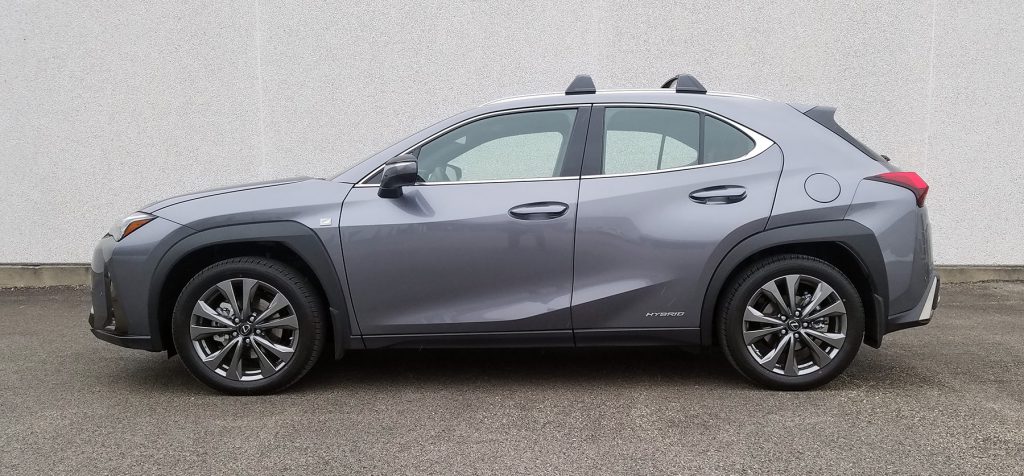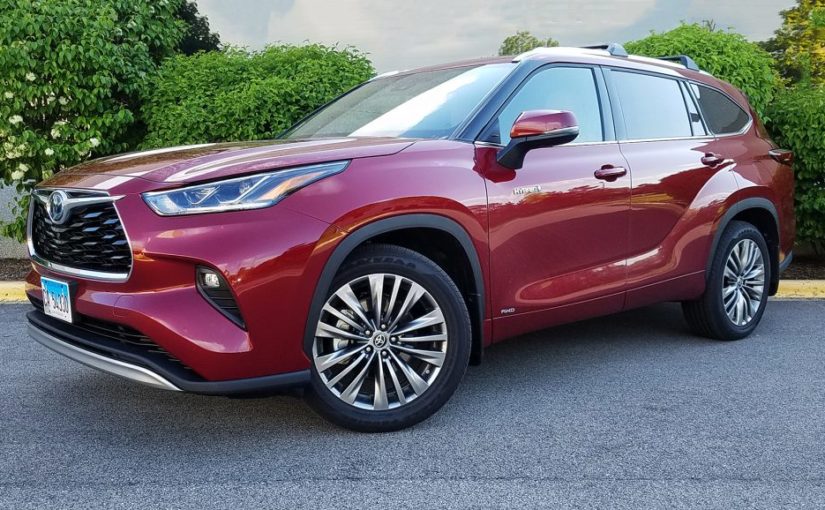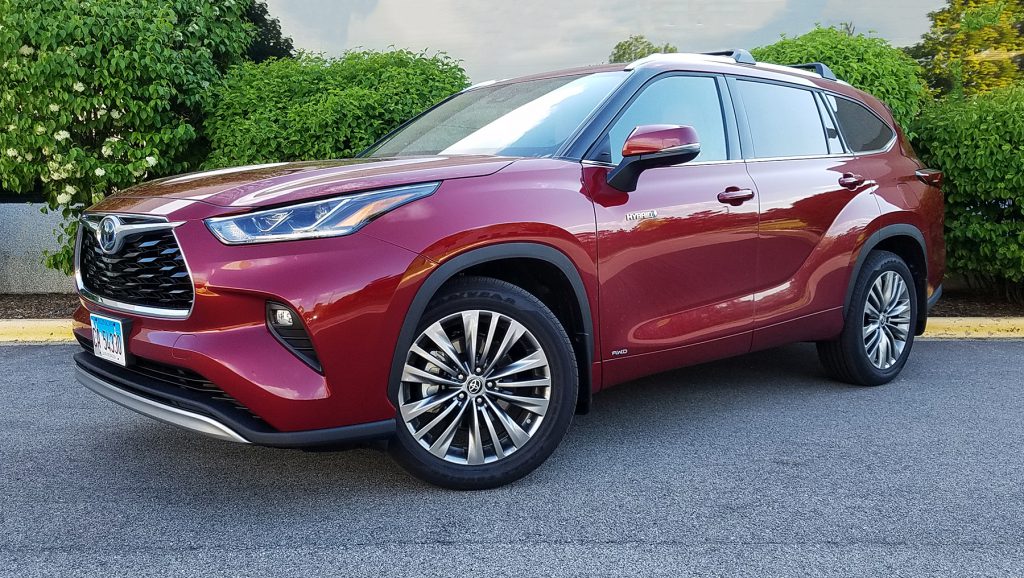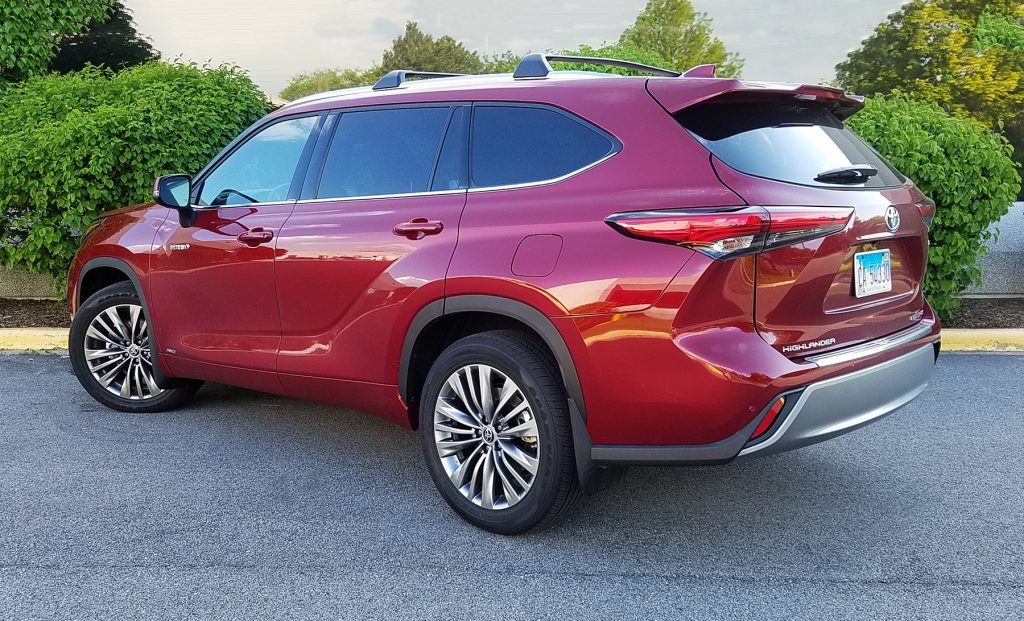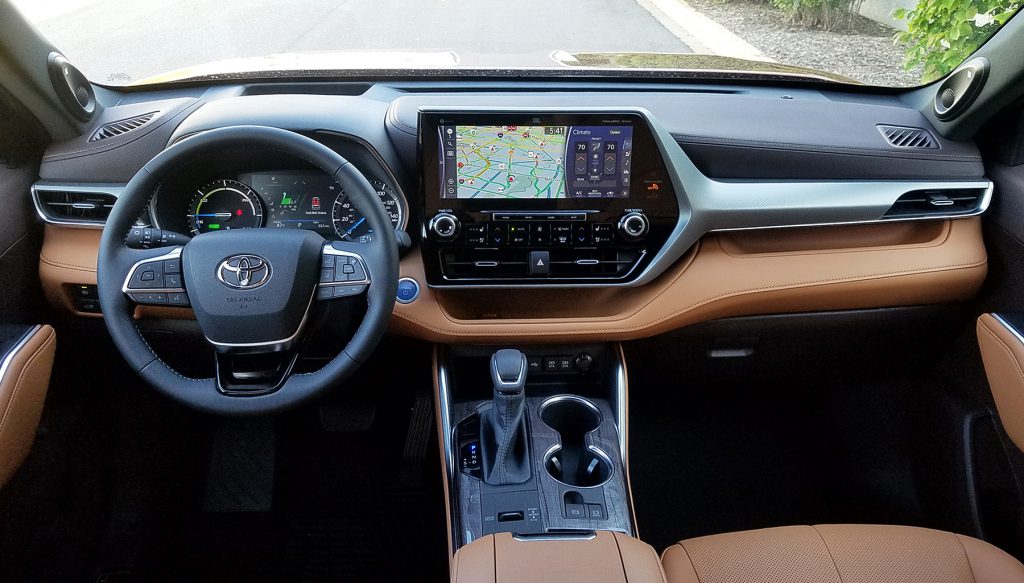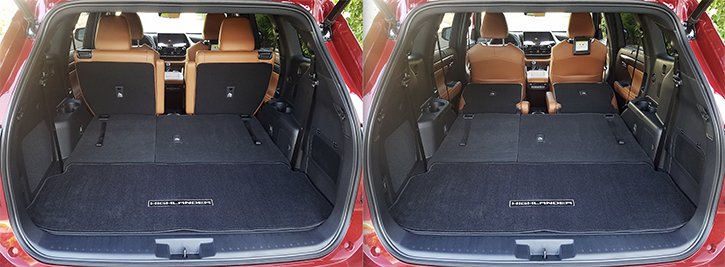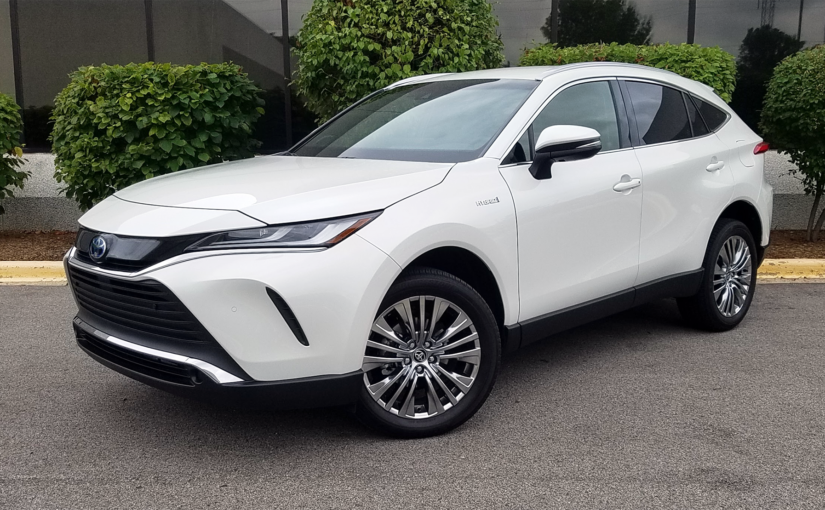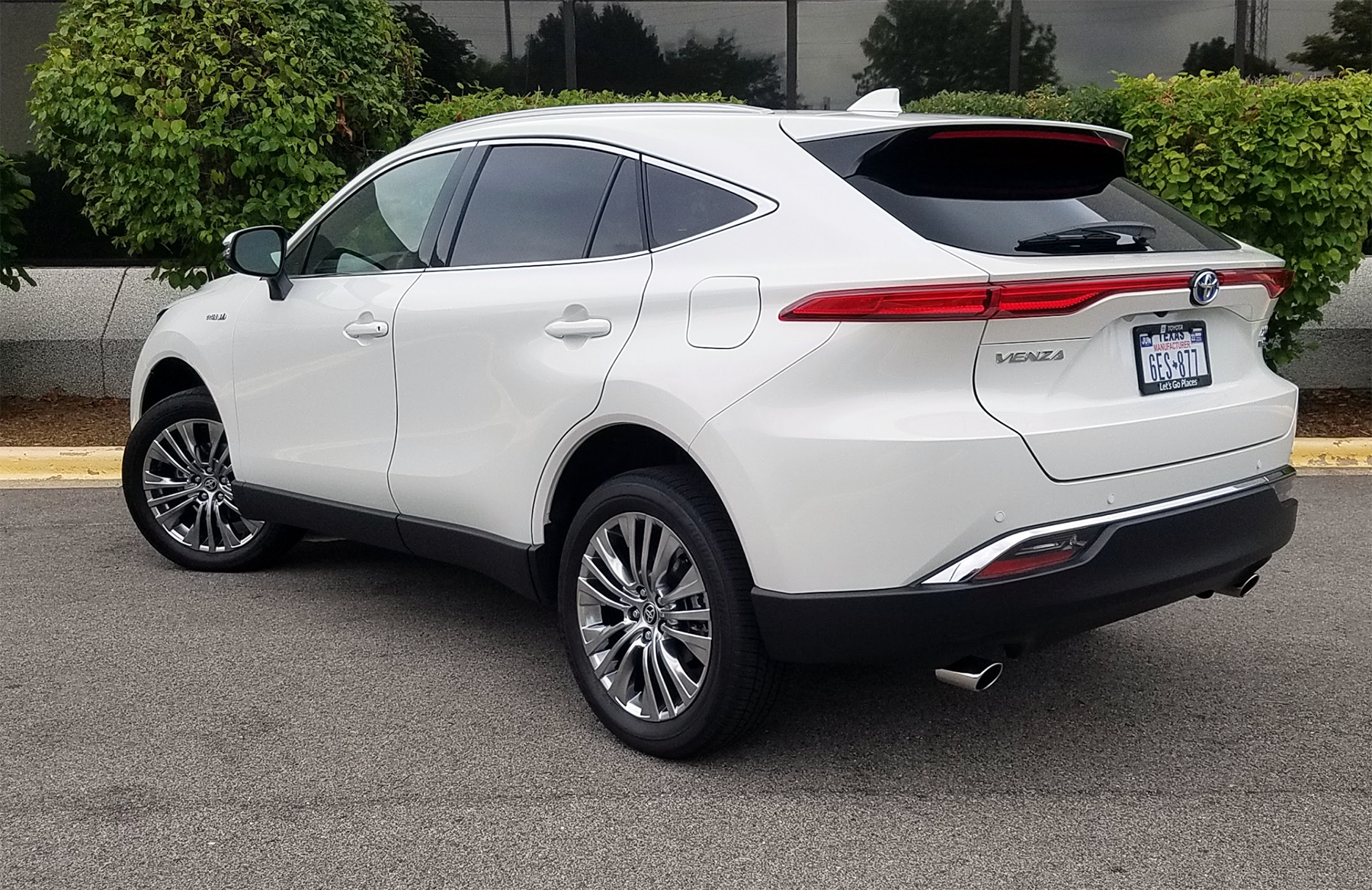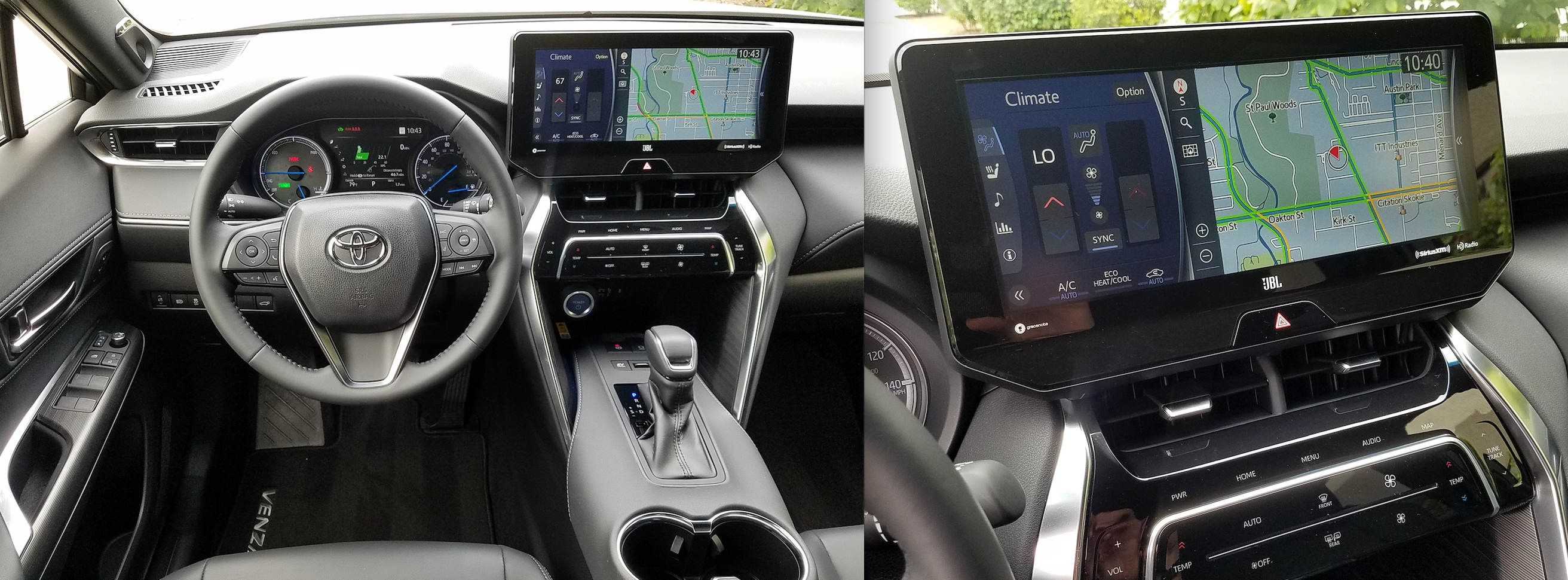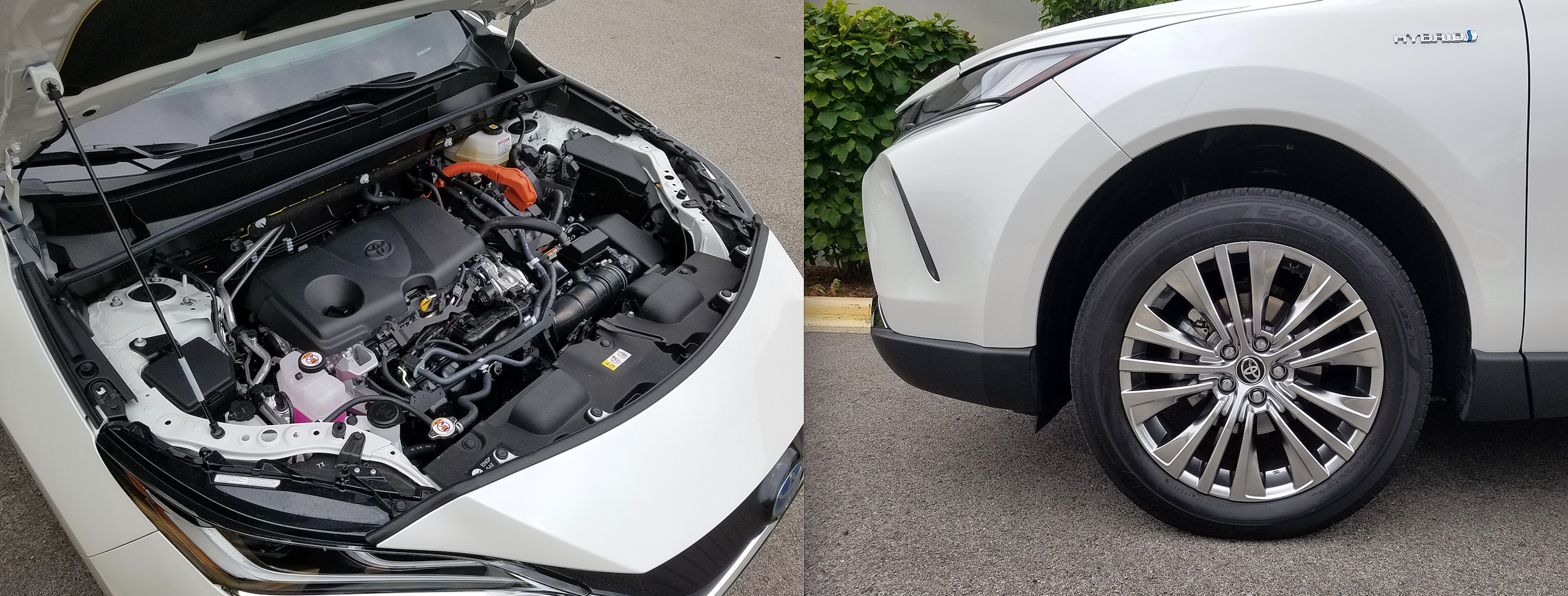They Could Have Called It “The Phoenix”

UPDATE: When this story originally posted on October 6, 2021, Ford had not received the final fuel economy rating from the EPA for the base 2022 Maverick with the hybrid powertrain. The numbers are out now, and they are stellar–42 mpg in the city (42 mpg city, 33 highway, 37 combined). In a 33.3 mile test run in the Maverick Hybrid, I achieved an overall rating of 45.4 mpg, which included 12.8 miles running solely on electricity. That is the key to why the Maverick Hybrid will be such a game changer for Ford. Consumers will see the economy, versatility and base price under $20,000 (excluding destination fee of $1,495) as a reason to consider the Maverick Hybrid compact pickup over a compact or midsize crossover, or a sedan. Ford has a goal of selling the Maverick to people that have never owned a truck. This news from the EPA must be making them smile!
Ford has a winner on their hands with the all-new 2022 Ford Maverick compact pickup.

Maybe Ford went with Maverick because it can mean “pursuing rebellious, even potentially disruptive, policies or ideas.” This, without question, is what the Maverick will do. However, Ford also could have called it Phoenix, as in “to rise from its ashes in the freshness of youth and live through another cycle of time.” Ford has certainly done this by resurrecting the compact pickup genre that was once so popular in the 1960s-1980s.
So who does Ford think will buy the all-new 2022 Maverick? According to the Ford marketing team we spoke with at a recent media launch event, their target buyer will be young, female, Hispanic, and urban, including a full hybrid model that may get up to 40 mpg (it hasn’t been certified by the EPA at press time). This may be so, but after driving a few different configurations, they may be surprised this will not be who ends-up buying the Maverick. Regardless who’s driveway it ends up in, Ford has a winner.
Maverick Model Lineup
Like most pickups, the Maverick will come in a variety of trims with different equipment. Here’s a run-down of the lineup:
XL
Base price with the $1,495 destination fee: $21,490
(Destination Fee is included with all following prices)
Front wheel Drive (FWD)
2.5 liter gas engine, 94 kilowatt electric motor
191 total system horsepower (hp)
155 pound-feet of torque (lb.-ft.)
Continuously Variable Transmission (CVT)
XL
FWD or All-Wheel Drive (AWD)
2.0 liter turbocharged gasoline engine
250 hp
277 lb.-ft.
Eight-speed automatic transmission
Fuel Economy (FWD): 23 mpg city; 30 highway; 26 combined
Fuel economy (AWD): 22 mpg city; 29 highway; 25 combined
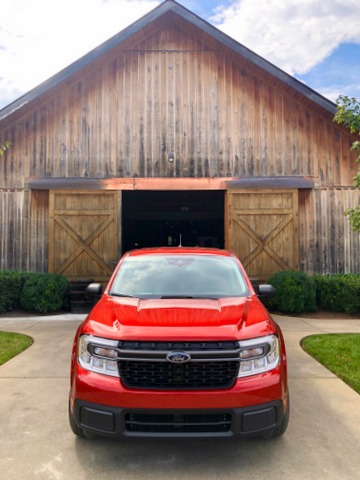
XLT
Base price: $23,775
FWD
2.5 liter gas engine, 94 kilowatt electric motor
191 total system hp
155 lb.-ft.
CVT
XLT
AWD
2.0 liter turbocharged gasoline engine
250 hp
277 lb.-ft.
Eight-speed automatic transmission
Lariat
Base price: $26,985
FWD

2.5 liter gas engine, 94 kilowatt electric motor
191 total system hp
155 lb.-ft.
CVT
Lariat
AWD
2.0 liter turbocharged gasoline engine
250 hp
277 lb.-ft.
Eight-speed automatic transmission
Hitting the Road
In this Flash Drive review we will only scratch the surface on both the hybrid-electric and gasoline-powered Maverick, with a full Road Test review coming along in early 2022. The hybrids we drove were all front-wheel drive, while the gasoline-only Mavericks were all-wheel drive. The power plants in the Maverick are proven through their use on other Ford vehicles, which lends confidence when buying a first year model.
The 2022 Maverick hybrid is quiet in electric mode, with only minimal sound when the engine kicks-in under heavy acceleration. The hybrid has all the get-up-and go that electricity adds to a drivetrain, with the CVT handling all expected performance needs. The 2.0L turbocharged Maverick has more horsepower and torque, along with all-wheel drive.
The cargo payload of 1,500 pounds is the same on all Mavericks, regardless of the engine. The tow rating for the Maverick hybrid is 2,000 pounds, while the gasoline engine goes up to 4,000 pounds. I towed a trailer weighing 1,600 pounds with the front-wheel drive hybrid, and needed to keep looking in the mirror to make sure it was there. The drive was very smooth. With the hybrid power, pulling onto highway onramps and climbing grades was easy.

I then drove the Maverick with the all-wheel drive 2.0L turbo and 500 pounds of plywood in the bed. The 4’ X 8’ sheets extended past the dropped tailgate by less than a foot, which was just fine for short distances. Ford has cleverly designed some helpful features that make the short, four-foot bed very livable. The Maverick was not intended to be a heavy-duty work truck, but more for the weekend warrior home owner doing DIY projects, or used for active lifestyles such as biking and kayaking. For these purposes, it is a viable option to a larger truck or a compact crossover.
The Maverick, weighing-in between 3,674 and 3,731 pounds, felt stable on the road, with cornering producing little body lean unless really pushing it hard. The 17-inch or 18-inch tires performed well, and stopping with either the trailer or a loaded payload was predictable and controllable. The Maverick has four-wheel disc brakes with ABS; the hybrid adds regenerative braking that converts kinetic energy into electricity when braking or coasting.
The electric-power steering was tuned well for road feel. There never was time or situation where we felt disconnected from the tires and the road, and that included the short off-road track we drove a few times. We did not get the chance to drive either Maverick in the rain, but our history with FWD cars is they track well in the wet, with all-wheel drive delivering even more traction.
Interior
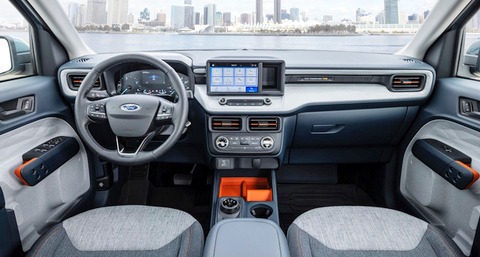
The 2022 Maverick comes in three trim levels–XL, XLT and Lariat. The base Maverick XL has a MSRP of $19,995 and comes equipped with power windows, carpet, single zone manual air conditioning, two 12V and two USB ports with one each of Type A and C, an 8.0-inch screen with Bluetooth, Apple Car Play and Android Auto to utilize the AM/FM stereo and its six speakers. FordPass Connect offers convenience features such as remote door lock/unlock, remote keyless entry and remote engine start. The 4G LTE WI-Fi hotspot can accommodate up-to 10 devices over a range of 50 feet.
The seats are comfortable, but the rears are tight for taller passengers. There is rear under-seat storage, but make sure to check out the clever design they came up with on the front doors to accommodate a large drink bottle or cup.
Move up to the XLT, which Ford thinks will be the volume trim level or the Lariat, and the list of standard and available convenience and technology features and safety systems increase to where the Maverick, with a top price estimated at $38,000, will be as fully equipped and nicely appointed as any Ford truck.
Using the Flexible Unibody Architecture that utilizes unique modules, different vehicles can be built on the same manufacturing line with different wheelbases, ride heights and track widths. Sharing its platform with the Bronco Sport and Escape crossovers gave Ford interior designers the opportunity to make the Maverick cabin comfortable, and with excellent rear and side visibility. There are two child safety anchors in the outer rear seat positions, making the Maverick a serious consideration for a small family.
Exterior

Ford says the Maverick is “Built Ford Tough,” which of course has been the Ford credo for the F-Series and Ranger for many years. The tough part for a compact pickup could be hard to quantify, but after pulling a trailer, hauling a bed-full of lumber, and negotiating an off-road course, the Maverick has earned its tough stripes.
The first thing you will notice about the Maverick is its 68.7-inch height, which is just over five-foot seven inches. I stand five foot nine and it was odd being able to look over the cab of a pickup. But this lack of bigness is what will make the Maverick so appealing, as it will fit in a garage, six footers can easily sit in the front seats, and a big plus is being able to reach over the cargo box sides and touch the bed floor. If you have ever needed to off-load or tie-down anything on a midsize or full-size pickup, you will know what a great feature this is.
The box itself has some handy features, such as being able to position the tailgate flat or at an angle, tie-downs, slots to drop-in a 2×4 to raise the floor above the wheel wells, and lights. On the base XL there is no power in the bed, so stepping-up to the XLT and Lariat means there will be the opportunity to run generators, lights and other equipment.

Observations: 2022 Ford Maverick
Starting at $19,995, the Maverick XL is a bargain proposition . The hybrid engine powertrain (borrowed from Ford’s Escape) with great fuel economy will be popular with people needing a small pickup for around-town errands, for hauling up-to 2,000 pounds, and being able to toss a couple of bikes or a kayak in the bed, all while not worrying about damaging an expensive truck.

For more comfort and conveniences, go for the XLT and Lariat because even at an estimated $38,410 top-end price, the Maverick is a great all-around alternative to a crossover or even a larger truck.
So back to who Ford thinks will be buying the Maverick. Not saying they are wrong with their target, but the Maverick can easily slot into a role as a light-duty delivery vehicle, for ranchers or farmers needing an inexpensive runabout, for surfers and skiers loving the kick-about nature of the base XL, and for more sophisticated users looking to replace a sedan or SUV that has just outstayed its welcome and usefulness.
In an upcoming Road Test of the 2022 Maverick, Clean Fleet Report will dive deep into the technology, driver safety systems, as well as more details on the performance and drivability. We will also report on real-world fuel economy and of course how that stacks up against the official numbers when they’re released.
Until then, you can visit a Ford dealer and take a lengthy test-drive in the gasoline-powered Maverick. The Maverick hybrid will be coming along by the end of the year. You need to check-out this new truck which Ford is hoping will be as successful as the compact pickups from a few decades ago. Sort of a Back to The Future thing!
Make sure to opt-in to the Clean Fleet Report newsletter (top right of page) to be notified of all new stories and vehicle reviews.
Story by John Faulkner. Photos by John Faulkner and Ford.
A video of off-roading in the Maverick
More Options from Truck News:
Tech: Pickup Truck Aerodynamics
Feature: Try Out the Advantages of a Pickup
How To Make Pickup Trucks More Fuel Efficient
News: A Look at the Near Future of Electric Pickups
For GREAT deals on used vehicles check out Vista Motors TODAY!

